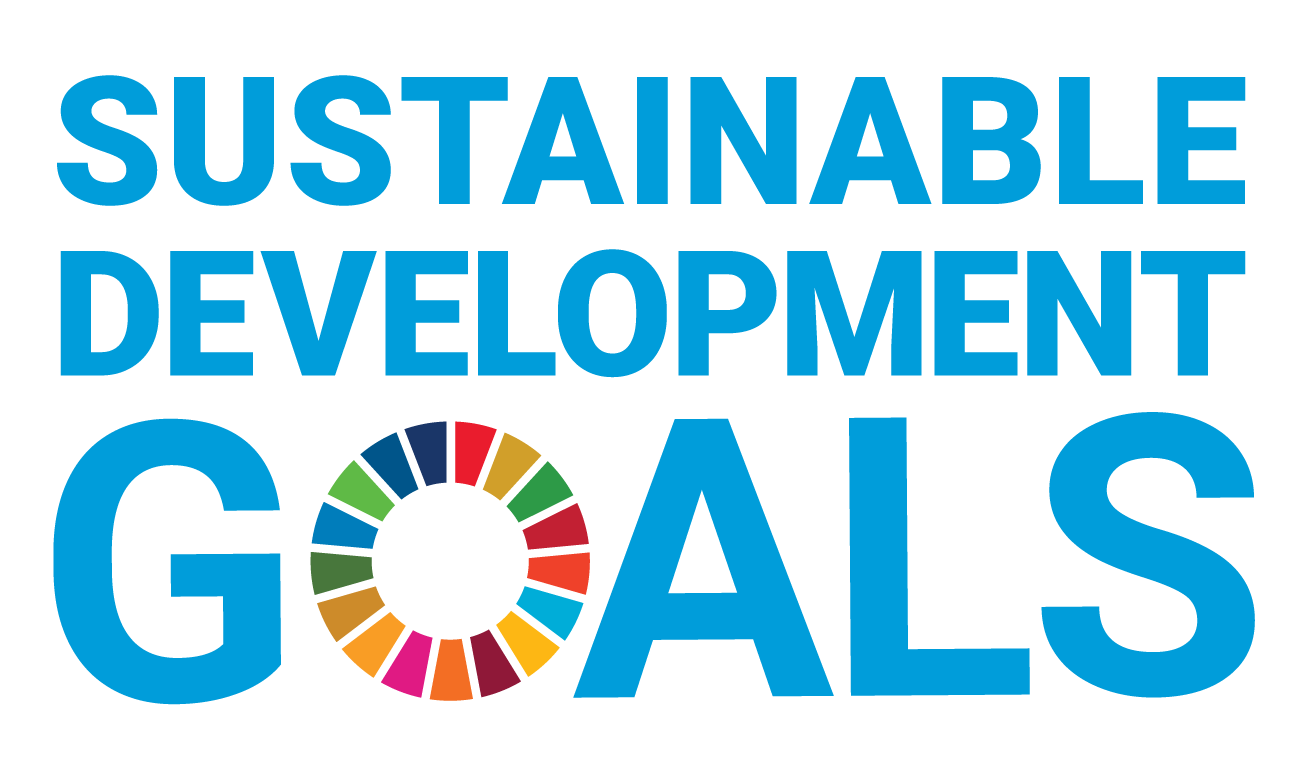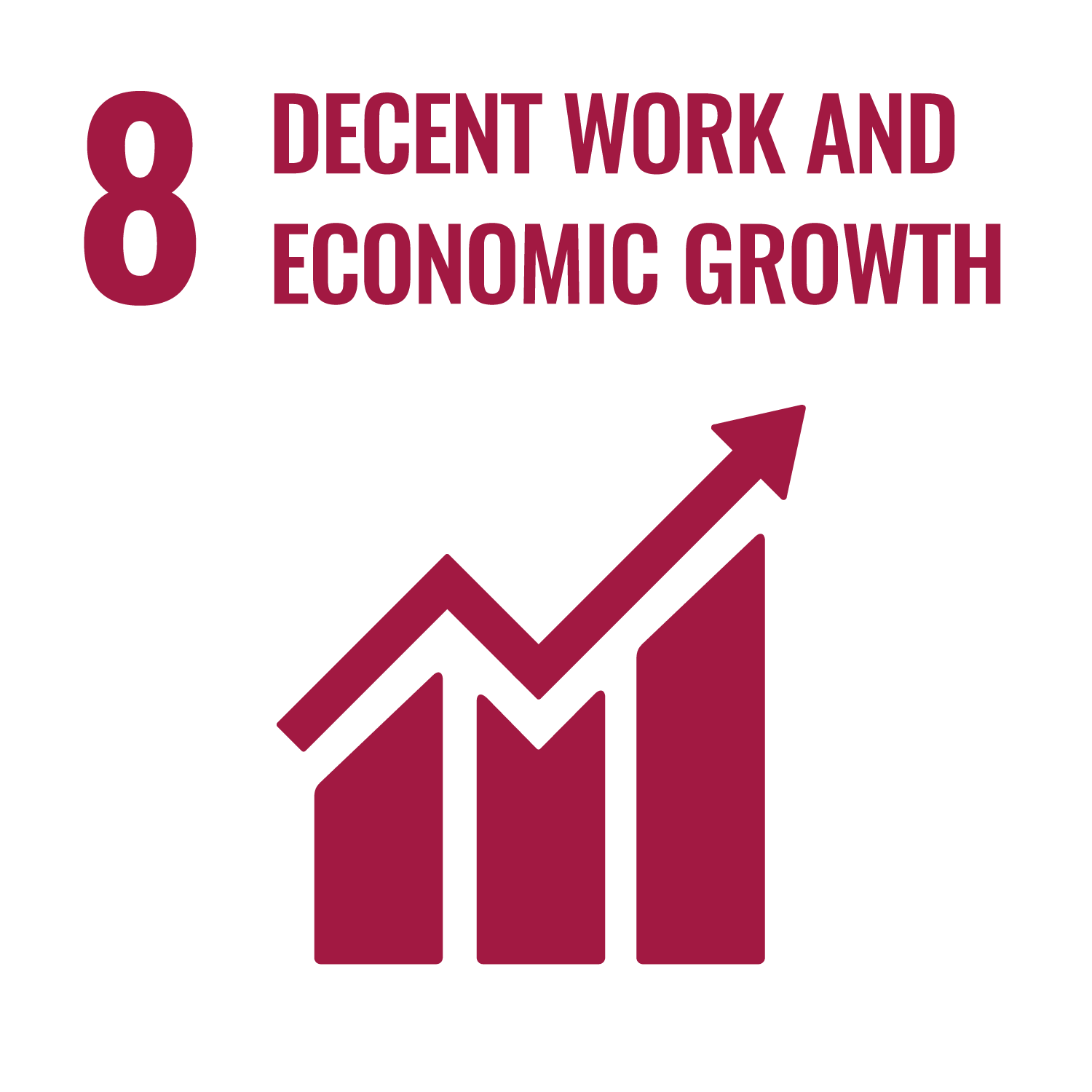You can search for courses, events, people, and anything else.
“The western Sydney economy, will struggle to deliver quality jobs in the long term,” says Phillip O’Neill, Professor of Economic Geography in the School of Social Sciences at Western Sydney University.
There is a staggering jobs deficit in the region despite record economic growth in the years leading into the pandemic, he says. A series of reports by O’Neill project the probable outcome over the next two decades if nothing is done to address the issue: 562,000 people leaving the region for work each day with punishingly long commutes, and, as O’Neill puts it, the collapse of the dream of the good life in Sydney’s sprawling outer suburbs.
The Problem in Parramatta
O’Neill points out that, despite concerted efforts in building up the Parramatta CBD, the number of additional workers seeking professional services employment, including in the public sector, exceeds the growth of jobs in the area. “A genuine CBD is an exporter of jobs — people who don’t live in the area are able to come into the area on a daily basis for work, because that area has a surplus of jobs and insufficient workers,” he says. Yet Parramatta is growing the other way. “Population growth for Parramatta in the age brackets where people seek employment actually exceeds the growth of jobs.”
In contrast, Barangaroo — a recently constructed business, recreation, and residential hub on the western edge of the Sydney CBD — will offer about 25,000 professional services jobs when it is fully completed. Billions of dollars have been spent preparing the area, attracting businesses, and building dedicated public transport and pedestrian access. “Barangaroo is a yardstick for what it takes to build 25,000 jobs,” says O’Neill. “To ensure the jobs deficit in western Sydney doesn’t worsen by 2040, one Barangaroo’s worth of jobs needs to be created in the region every 18 months.”
Stuck in the Past
Part of the jobs problem is that planning in the region has not paid enough attention to the changing demographic profile. “Fifty years ago, western Sydney was one of Australia’s major industrial regions,” says O’Neill. In 1971, a third of the local workforce had a job in manufacturing. But this proportion fell to 7.8% by 2016. Yet, by 2021, 20% of western Sydney’s workforce had become professionals, he says, “a total of 203,000 workers — larger than any other occupational category in the region.”
Two things in particular have changed in western Sydney: the manufacturing sector has declined, and the number of young people accessing higher education has greatly increased.
“The take-up rates of higher education in western Sydney have been equal to any industrial metropolitan region in the world,” says O’Neill. “To put this in perspective, the growth of professional services workers in western Sydney now exceeds the growth of that pool of workers in Brisbane, Adelaide and Perth combined,” he says. However, about 60% of those workers in western Sydney can’t find jobs in their home region and need to commute into the city and other areas. “Western Sydney exports the bulk of its young professionals at 6.30am each day, grinding down their energy and enthusiasm, and their family life, on the long commute to the east,” he says.The sectors in the region that experienced the highest growth in jobs prior to the COVID-19 pandemic are construction and social assistance, which are highly dependent on population growth. In the wake of the pandemic, however, the construction boom has faltered, and the care sector is characterised by a low-wage, relatively low-skilled workforce with minimal impact on job creation and income growth in the region. Unfortunately, these sectors will not underpin long-term, sustainable economic betterment for western Sydney. “A 21st century economy requires a highly educated, innovative, creative workforce,” says O’Neill.
Looking Forward
Without substantial shifts in planning strategy, prospects for the region remain a concern. “Existing government polices pay insufficient attention to the long-term jobs problem,” says O’Neill. His latest report, Future Directions, highlights the need for policies that address three key issues: the ongoing presence of leading firms in the region, the nurture of locally embedded business activities, and the regeneration of the region’s historic strategic centres.
“New housing, big item infrastructure and folders full of MOUs for the dream of a western Sydney aerotropolis all have their place,” says O’Neill. “But so much more needs to be done.”
Meet the Academic | Professor Phillip O'Neill
Phillip O’Neill is Professor of Economic Geography in the School of Social Sciences. His research focuses on economic change, jobs, and infrastructure investment, especially in large cities.
He has held visiting research fellowships at Bristol University, The University of Massachusetts, the National University of Singapore, the University of Oxford, and University College London.
Alongside a wealth of academic publications, Phillip is a frequent media commentator and writer, and the author of the three-part series on Western Sydney, Where are the Jobs?
Credit
Future Makers is published for Western Sydney University by Nature Research Custom Media, part of Springer Nature.
© Jose Losada/Unsplash
© martin-dm/E+/Getty
© Bruce Mars/Unsplash
© Jacek Dylag/Unsplash
© Scott Graham/Unsplash









